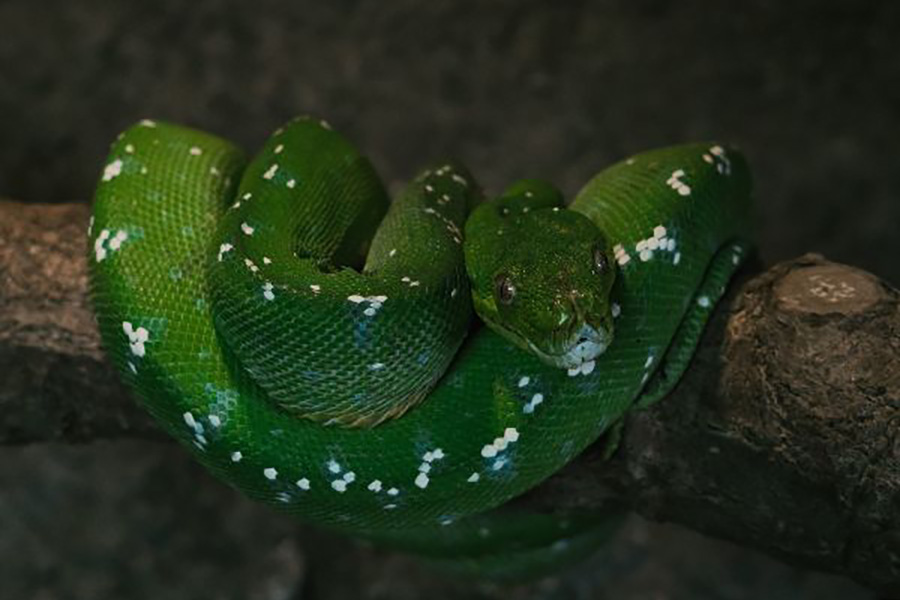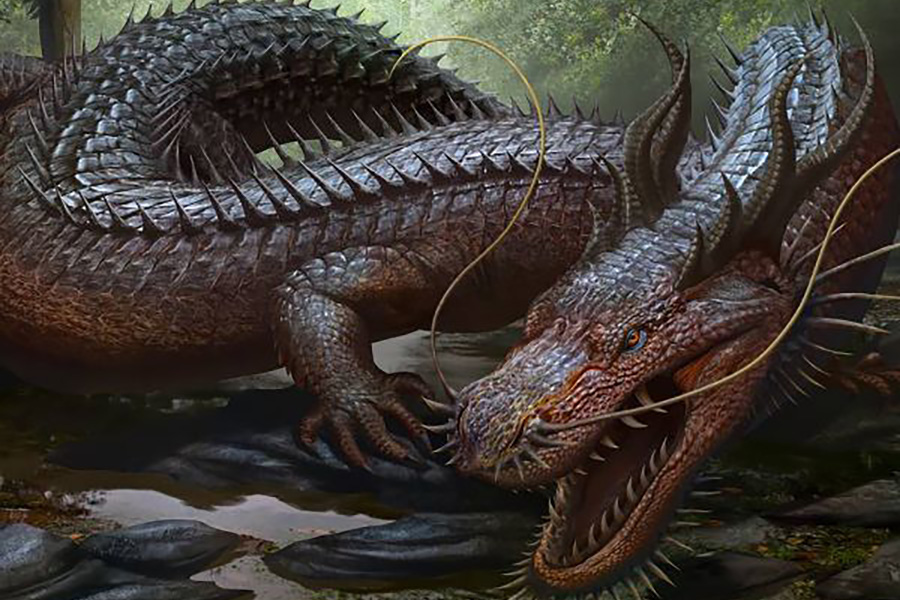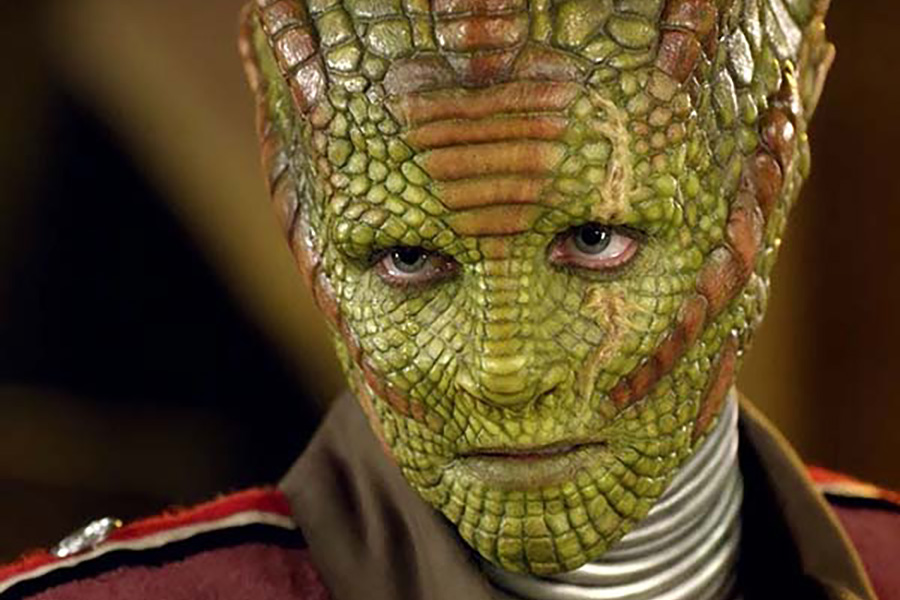The word tanayan (𐤕𐤍𐤉𐤍) means “dragon” meaning a huge, winged reptile with a crested head and enormous claws and teeth, and often spouting fire.
The Paleo-Hebrew language or the original language of the Ābarayam is one spoken with an emphasis on the rauakh (breath, wind, spirit). With the language of the Ābarayam, each letter has a meaning and a number associated with it that adds meaning to each word they’re used with. Below you will be able to learn more about the letter in Ancient Hebrew, Yiddish Hebrew, Greek, and much more.
Letter Meanings
| Letter | Meaning |
|---|---|
| 𐤕 (t) – ta | mark, sign, covenant, signature, identification of people, places, or things |
| 𐤍 (n) – na | Offspring, seed, fish, heir, kingdom, continue, perpetuate |
| 𐤉 (y) – ya | Arm, hand, work, thrust, deed, make, throw, worship |
| 𐤍 (n) – na | Offspring, seed, fish, heir, kingdom, continue, perpetuate |
| Ābarayat Number | 510 = 400 (t) + 50 (n) + 10 (y) + 50 (n) |
| Hebrew Gematria | |
| English Gematria | |
| Simple Gematria |
Based on the meaning of the letters the word could be defined as:
- “covenant of kingdom to worship offspring”
- “covenant of offspring to worship kingdom”
- “covenant of offspring to create a kingdom”
Definitions for [acf field=”abarayat-singular”] / [acf field=”abarayat-singular-transliteration”]
| Language | Word | Transliteration | Pronunciation | Definition |
|---|---|---|---|---|
| Ābarayat | [acf field=”abarayat-singular”] | [acf field=”abarayat-singular-transliteration”] | [acf field=”abarayat-singular-pronunciation”] | [acf field=”abarayat-singular-definition”] |
| English | [acf field=”english-singular”] | [acf field=”english-singular-transliteration”] | [acf field=”english-singular-pronunciation”] | [acf field=”english-singular-definition”] |
| Hebrew | [acf field=”hebrew-singular”] | [acf field=”hebrew-singular-transliteration”] | [acf field=”hebrew-singular-pronunciation”] | [acf field=”hebrew-singular-definition”] |
| Arabic | [acf field=”arabic-singular”] | [acf field=”arabic-singular-transliteration”] | [acf field=”arabic-singular-pronunciation”] | [acf field=”arabic-singular-definition”] |
| Greek | [acf field=”greek-singular”] | [acf field=”greek-singular-transliteration”] | [acf field=”greek-singular-pronunciation”] | [acf field=”greek-singular-definition”] |
Images for [acf field=”abarayat-singular”] / [acf field=”abarayat-singular-transliteration”]



Definitions for [acf field=”abarayat-possessive”] / [acf field=”abarayat-possessive-transliteration”]
When adding the 𐤉 (yad) to the end of a word, it creates a possessive of the original word. It can either signify “my…” or identify a member of a nation. For example, 𐤏𐤁𐤓 (Ābar) is the progenitor, but 𐤏𐤁𐤓𐤉 (Ābaray) is the singular descendant of him also known as a Hebrew.
| Language | Word | Transliteration | Pronunciation | Definition |
|---|---|---|---|---|
| Ābarayat | [acf field=”abarayat-possessive”] | [acf field=”abarayat-possessive-transliteration”] | [acf field=”abarayat-possessive-pronunciation”] | [acf field=”abarayat-possessive-definition”] |
| English | [acf field=”english-possessive”] | [acf field=”english-possessive-transliteration”] | [acf field=”english-possessive-pronunciation”] | [acf field=”english-possessive-definition”] |
| Hebrew | [acf field=”hebrew-possessive”] | [acf field=”hebrew-possessive-transliteration”] | [acf field=”hebrew-possessive-pronunciation”] | [acf field=”hebrew-possessive-definition”] |
| Arabic | [acf field=”arabic-possessive”] | [acf field=”arabic-possessive-transliteration”] | [acf field=”arabic-possessive-pronunciation”] | [acf field=”arabic-possessive-definition”] |
| Greek | [acf field=”greek-possessive”] | [acf field=”greek-possessive-transliteration”] | [acf field=”greek-possessive-pronunciation”] | [acf field=”greek-possessive-definition”] |
Images for [acf field=”abarayat-possessive”] / [acf field=”abarayat-possessive-transliteration”]


Definitions for [acf field=”abarayat-plural”] / [acf field=”abarayat-plural-transliteration”]
When adding the 𐤌 (mayam) after the 𐤉 (yad) to the end of a word, it creates a plural of the original word. It can identify multiple members of a nation. For example, 𐤏𐤁𐤓 (Ābar) is the progenitor, but 𐤏𐤁𐤓𐤉𐤌 (Ābarayam) are the plural descendants of him also known as Hebrews.
| Language | Word | Transliteration | Pronunciation | Definition |
|---|---|---|---|---|
| Ābarayat | [acf field=”abarayat-plural”] | [acf field=”abarayat-plural-transliteration”] | [acf field=”abarayat-plural-pronunciation”] | [acf field=”abarayat-plural-definition”] |
| English | [acf field=”english-plural”] | [acf field=”english-plural-transliteration”] | [acf field=”english-plural-pronunciation”] | [acf field=”english-plural-definition”] |
| Hebrew | [acf field=”hebrew-plural”] | [acf field=”hebrew-plural-transliteration”] | [acf field=”hebrew-plural-pronunciation”] | [acf field=”hebrew-plural-definition”] |
| Arabic | [acf field=”arabic-plural”] | [acf field=”arabic-plural-transliteration”] | [acf field=”arabic-plural-pronunciation”] | [acf field=”arabic-plural-definition”] |
| Greek | [acf field=”greek-plural”] | [acf field=”greek-plural-transliteration”] | [acf field=”greek-plural-pronunciation”] | [acf field=”greek-plural-definition”] |
Images for [acf field=”abarayat-plural”] / [acf field=”abarayat-plural-transliteration”]


Definitions for [acf field=”abarayat-language”] / [acf field=”abarayat-language-transliteration”]
When adding the 𐤕 (tau) after the 𐤉 (yad) to the end of a word, it creates a plural of the original word. It identifies the language or a sign of a nation’s existence. For example, 𐤏𐤁𐤓 (Ābar) is the progenitor, but 𐤏𐤁𐤓𐤉𐤕 (Ābarayat) is the language of him also known as Paleo-Hebrew language.
| Language | Word | Transliteration | Pronunciation | Definition |
|---|---|---|---|---|
| Ābarayat | [acf field=”abarayat-language”] | [acf field=”abarayat-language-transliteration”] | [acf field=”abarayat-language-pronunciation”] | [acf field=”abarayat-language-definition”] |
| English | [acf field=”english-language”] | [acf field=”english-language-transliteration”] | [acf field=”english-language-pronunciation”] | [acf field=”english-language-definition”] |
| Hebrew | [acf field=”hebrew-language”] | [acf field=”hebrew-language-transliteration”] | [acf field=”hebrew-language-pronunciation”] | [acf field=”hebrew-language-definition”] |
| Arabic | [acf field=”arabic-language”] | [acf field=”arabic-language-transliteration”] | [acf field=”arabic-language-pronunciation”] | [acf field=”arabic-language-definition”] |
| Greek | [acf field=”greek-language”] | [acf field=”greek-language-transliteration”] | [acf field=”greek-language-pronunciation”] | [acf field=”greek-language-definition”] |
Images for [acf field=”abarayat-language”] / [acf field=”abarayat-language-transliteration”]


Classification
You can continue your studies of the words by viewing Strong’s entries for: